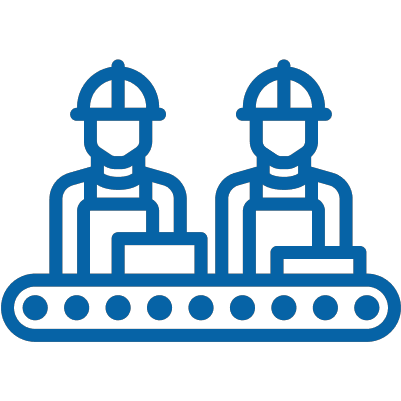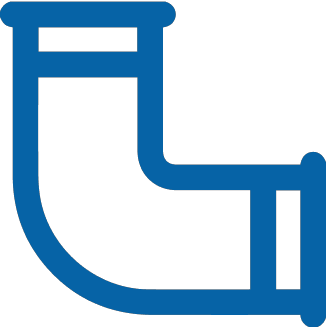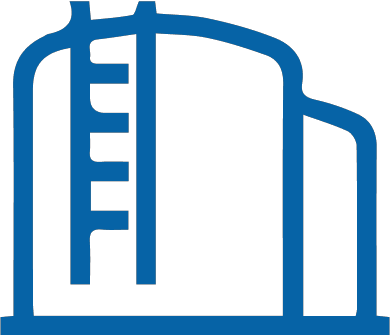what is
secondary containment?
Secondary containment is a critical safety measure implemented in facilities handling hazardous substances, designed to prevent pollutants from escaping into the environment in the event of a spill or leak. As mentioned, environmental regulations from organizations like the Occupational Safety and Health Administration (OSHA) and the Environmental Protection Agency (EPA) require this protective strategy. These regulations ensure that any unintended release of hazardous materials is effectively contained within a secondary barrier, mitigating potential environmental damage.
Secondary containment systems are engineered to capture unexpected spills from primary containment units, such as tanks, pipes, or drums, that store or transport hazardous chemicals, fuels, or other dangerous liquids. The criteria for these systems are not one-size-fits-all but vary depending on the contained volume, the potential associated risks, and industry-specific regulations.
A secondary containment system typically includes physical barriers like containment berms, dikes, or liners and may also encompass methods like double-walled tanks or spill pallets. These systems are designed to contain the stored substance’s volume and any additional runoff, ensuring broad protection against spill incidents. Through secondary containment, industries can significantly reduce the risk of soil, water, or air contamination, protecting the environment and public health while adhering to legal and ethical standards.






































